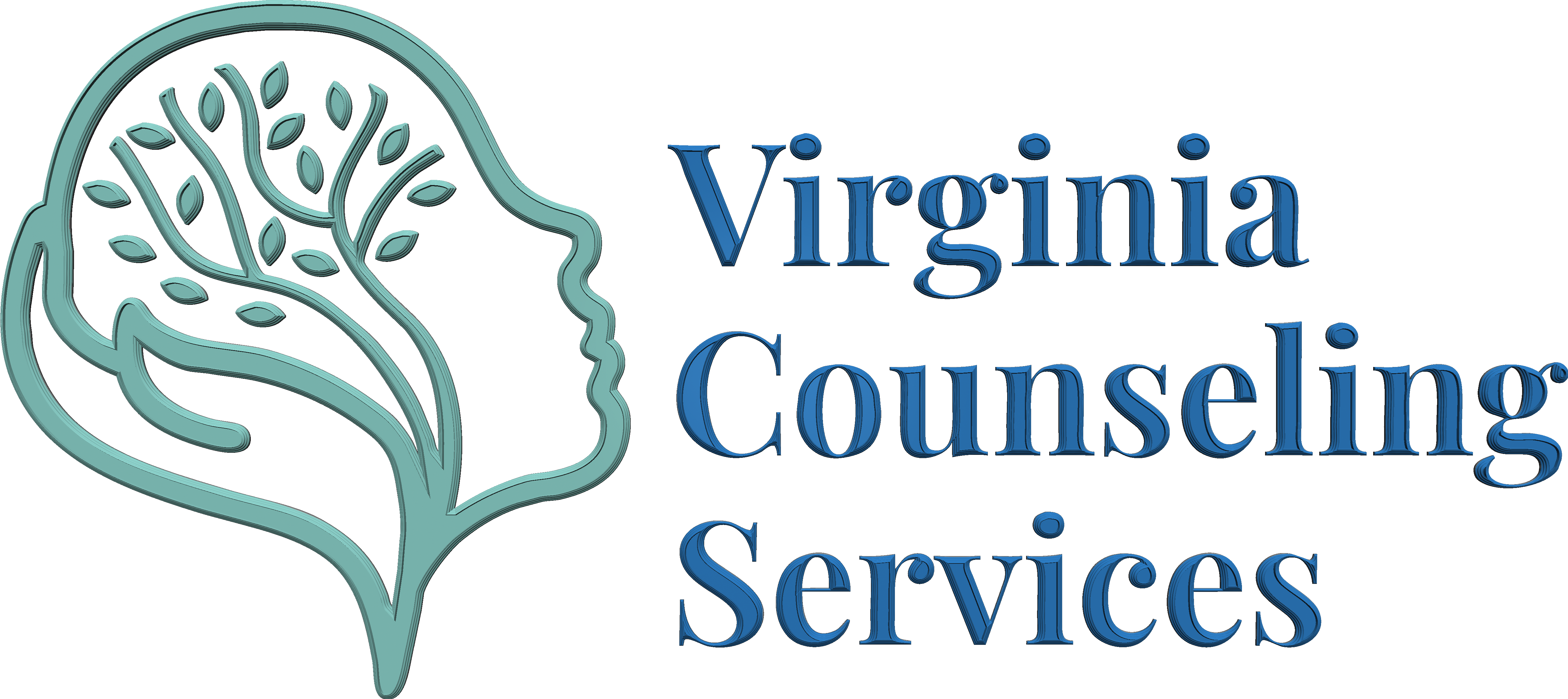Alcohol is abused by millions of people worldwide. While many people enjoy a drink socially or to relax, it’s important to understand when drinking crosses the line into dangerous territory.
Alcohol Abuse: The Warning Signs
Alcohol abuse, like other problematic substance use, have similar patterns like:
- Having more drinks or drinking longer than intended
- Unable to cut down or limit alcohol use
- Spending a lot of time getting, drinking, or recovering from alcohol
- Cravings
- Continued drinking even though it negatively affects relationships (personal or professional)
The Dangers of Alcohol Withdrawal
When a person who has been abusing alcohol suddenly stops drinking, they can experience life-threatening withdrawal symptoms. These symptoms are not to be taken lightly!
Mild symptoms include anxiety, shaky hands, headache, nausea, vomiting, insomnia, and sweating. These can start as early as 6 hours after their last drink. Think of this similar to a hangover.
The scarier, more severe withdrawal from alcohol is called Delirium Tremens, or commonly called “the DTs”. When a person has the DTs, it is almost as if the person’s body is in shock from the lack of alcohol it is used to. The DTs may make a person feel very confused or disoriented, almost like they’re in a dream. They might see, hear, or feel things that aren’t really there. They may also have physical symptoms like shaking, high blood pressure, and a fast heart rate. In some cases, they might even have seizures.
It’s important to know that delirium tremens is a medical emergency and, unlike other substances, withdrawal can kill you. When in doubt, go to your local emergency room to minimize the risks.
After withdrawal is safely behind, the next step is to consult with a mental health professional. Oftentimes you can access information while at the hospital about what the next steps are, but if not, don’t hesitate to reach out to us and we will guide you!

